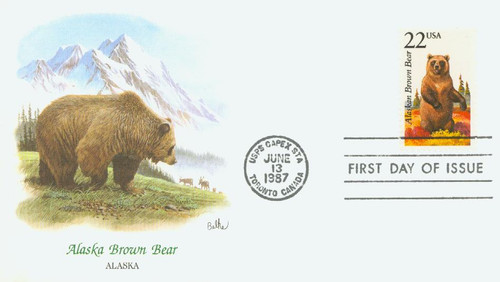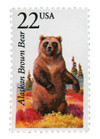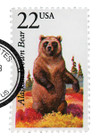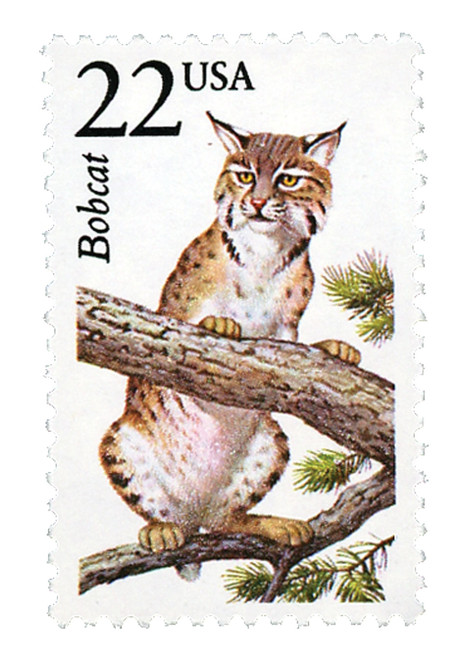
1987 22c North American Wildlife: Alaskan Brown Bear
# 2310 - 1987 22c North American Wildlife: Alaskan Brown Bear
$0.65 - $7.00
U.S. #2310
1987 22¢ Alaskan Brown Bear
North American Wildlife
1987 22¢ Alaskan Brown Bear
North American Wildlife
Issue Date: June 13, 1987
City: Toronto, Canada
Quantity: 12,919,500
Printed By: Bureau of Engraving and Printing
Printing Method: Photogravure
Perforations: 11
Color: Multicolored
City: Toronto, Canada
Quantity: 12,919,500
Printed By: Bureau of Engraving and Printing
Printing Method: Photogravure
Perforations: 11
Color: Multicolored
This stamp is part of the third U.S. stamp sheet of 50 different varieties attached. It was issued to celebrate America's variety of wildlife, and animal subjects were chosen to reflect the geographic and biological diversity of creatures native to this continent. All areas of the United States are represented, including Hawaii and Alaska.
The 50 pencil-drawn designs were created by wildlife artist Chuck Ripper. To point out the importance of environment and the realism of his designs, he pictured many of the animals with flora common to their habitats.
U.S. #2310
1987 22¢ Alaskan Brown Bear
North American Wildlife
1987 22¢ Alaskan Brown Bear
North American Wildlife
Issue Date: June 13, 1987
City: Toronto, Canada
Quantity: 12,919,500
Printed By: Bureau of Engraving and Printing
Printing Method: Photogravure
Perforations: 11
Color: Multicolored
City: Toronto, Canada
Quantity: 12,919,500
Printed By: Bureau of Engraving and Printing
Printing Method: Photogravure
Perforations: 11
Color: Multicolored
This stamp is part of the third U.S. stamp sheet of 50 different varieties attached. It was issued to celebrate America's variety of wildlife, and animal subjects were chosen to reflect the geographic and biological diversity of creatures native to this continent. All areas of the United States are represented, including Hawaii and Alaska.
The 50 pencil-drawn designs were created by wildlife artist Chuck Ripper. To point out the importance of environment and the realism of his designs, he pictured many of the animals with flora common to their habitats.











